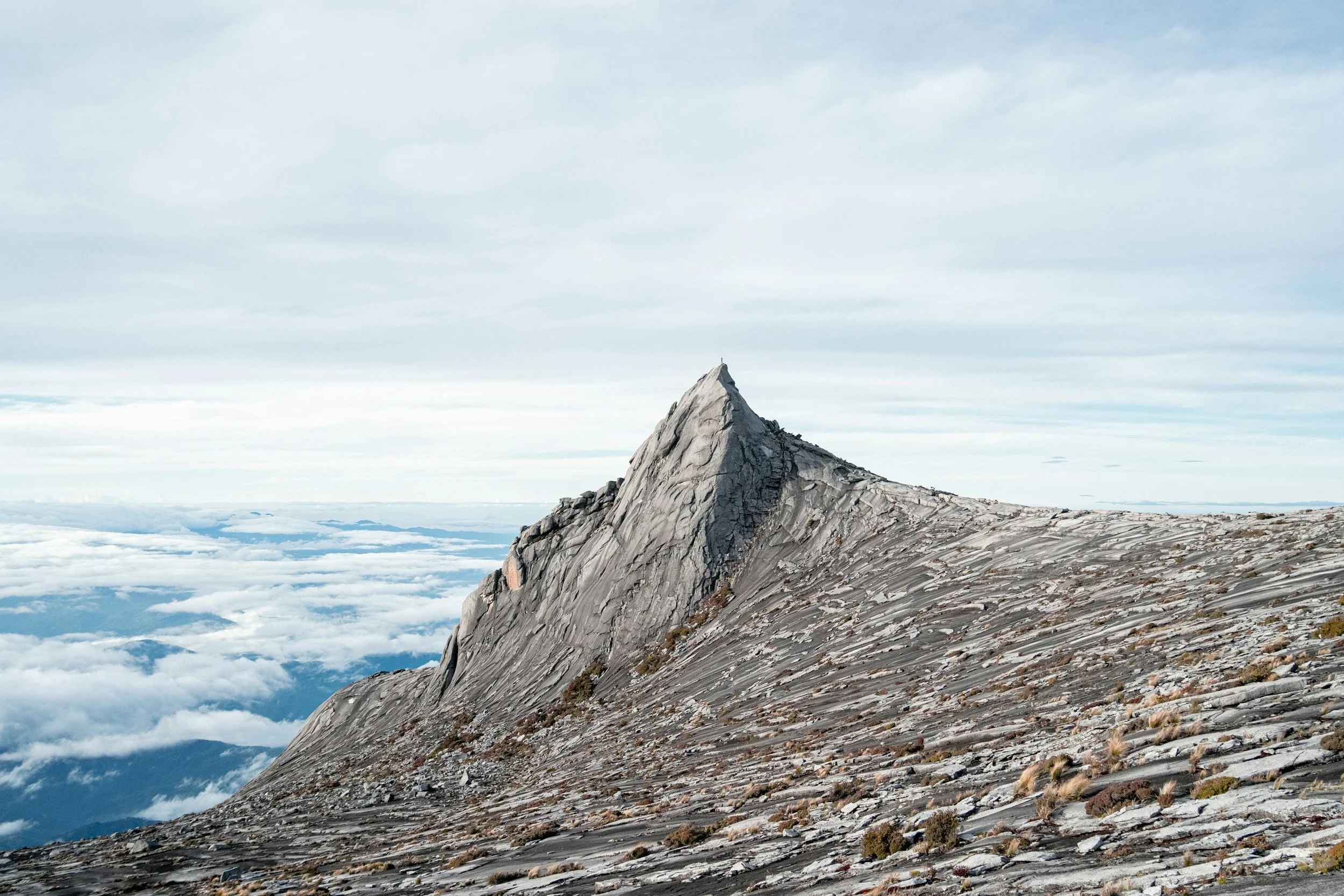Here Are 5 UNESCO World Heritage Sites in Malaysia
In literature class, I remember vaguely being transported by the pages of Hikayat Hang Tuah. That timeless narrative didn't just recount epic adventures – it became my first vessel into Malaysia's storied past, long before I would walk those historic streets myself.
UNESCO World Heritage status isn't merely a prestigious label; it's recognition that certain places transcend ordinary significance. These designations acknowledge that the spaces we cherish belong to humanity's collective inheritance – physical embodiments of our shared story.
As I've discovered through my own wanderings, Malaysia's heritage sites weave a complex tapestry of human achievement and natural wonder. Each location has left its unique impression on me, sometimes in expected ways, sometimes catching me completely by surprise.
Cultural Heritage: Where History Lives
Historic Cities of the Straits of Malacca: Penang & Melaka
Before the relentless demands of corporate life claimed my calendar, I wandered the George Town’s streets with the carefree abandon of youth – university vacation trips, and spontaneous detours on journeys northwards.
Later, during my contracts working onboard ships, those brief port stops offered precious hours of historical escape.
Even now, despite my familiarity, I occasionally find myself consulting a map, half in jest, half in genuine bewilderment. There's something endearingly humbling about needing directions in a place that should feel as familiar as an old friend.
The textures of Penang's historic architecture continue to leave their imprint on me. Those faded facades with their intricate details whisper stories of convergent cultures, of ideas and influences. Every narrow alley seems to guard a secret, a fragment of history I can only piece together through quiet observation and reflection.
Melaka, a city I’ve visited on fewer occasions, offers a different kind of historical dialogue.
The weathered stones of A'Famosa and other colonial landmarks speak of conquest, commerce, and cultural exchange. They transform theoretical history lessons into tangible experiences – a bridge between academic knowledge and lived reality.
Here, the past isn't relegated to dusty textbooks but remains a palpable presence, inviting contemplation of how trade routes and colonial ambitions shaped the region we know today.
Lenggong Valley
The archaeological heritage of Lenggong Valley sits quietly in northern Perak – a geographical footnote that belies its profound significance. Unlike the Instagram-famous streets of Melaka or Penang, this UNESCO site doesn't announce its importance with visual drama.
What makes Lenggong extraordinary isn't scenic vistas or architectural splendor, but rather what lies beneath its unremarkable surface – a chronological archive of human existence spanning an astonishing two million years. The crown jewel among its treasures is "Perak Man," an 11,000-year-old skeleton discovered in Gua Gunung Runtuh in 1991 – the most complete ancient human remains found in Southeast Asia.
Niah National Park
Niah National Park, newly inscribed as a UNESCO site in 2024, represents a fascinating blend of cultural and archaeological importance. Its ancient cave paintings and burial sites stand as silent witnesses to human creativity and ritual spanning millennia.
Despite its recent UNESCO recognition, the caves themselves have intrigued archaeologists for generations – yielding a 40,000-year-old human skull that rewrote our understanding of Southeast Asian migration patterns.
Though I haven't yet navigated its limestone chambers, there's something profoundly compelling about a place where human history and natural processes have unfolded in tandem for tens of thousands of years.
Natural Heritage: Landscapes That Humble and Inspire
Kinabalu Park
While my feet have traced urban pathways through historical districts, my heart has often turned toward tales of natural grandeur.
Mount Kinabalu, Malaysia's tallest peak with its rugged trails and cloud-touched summit, represents nature's monumental architecture. My brother has conquered its slopes twice, kudos to him.
Though I haven't attempted the climb myself (and realistically, probably never will, given my questionable cardio fitness), I still feel a certain pride that such natural majesty stands as part of our recognised heritage.
Gunung Mulu National Park
Gunung Mulu National Park, with its labyrinthine cave systems and towering limestone formations, remains on my "someday" list. The park is home to Sarawak Chamber, the world’s largest cave chamber.
My Dad who's ventured there speak of massive chambers where light plays extraordinary tricks, of bat exoduses that darken the evening sky, and of ancient rainforest that predates human memory.
There's a quiet allure in this unexplored territory – a reflective invitation to someday witness a landscape where every turn might reveal another chapter in Earth's ongoing narrative.
The Heritage We Carry Forward
Each of these sites – whether echoing with centuries of human history or showcasing nature's patient artistry – contributes a distinct thread to Malaysia's identity. I haven't journeyed through all these marvels yet, but each one I've visited has altered my understanding of home in subtle, meaningful ways.
In reflecting on Malaysian heritage sites, I've come to realise that they aren't static monuments but living connections – bridges between past and present, between human ingenuity and natural processes, between individual experience and collective memory.
What aspects of our shared heritage have shaped your understanding of home? Which narratives, architectural details, or natural wonders have left their mark on your perception of who we are and where we've come from?
You might also like:
















